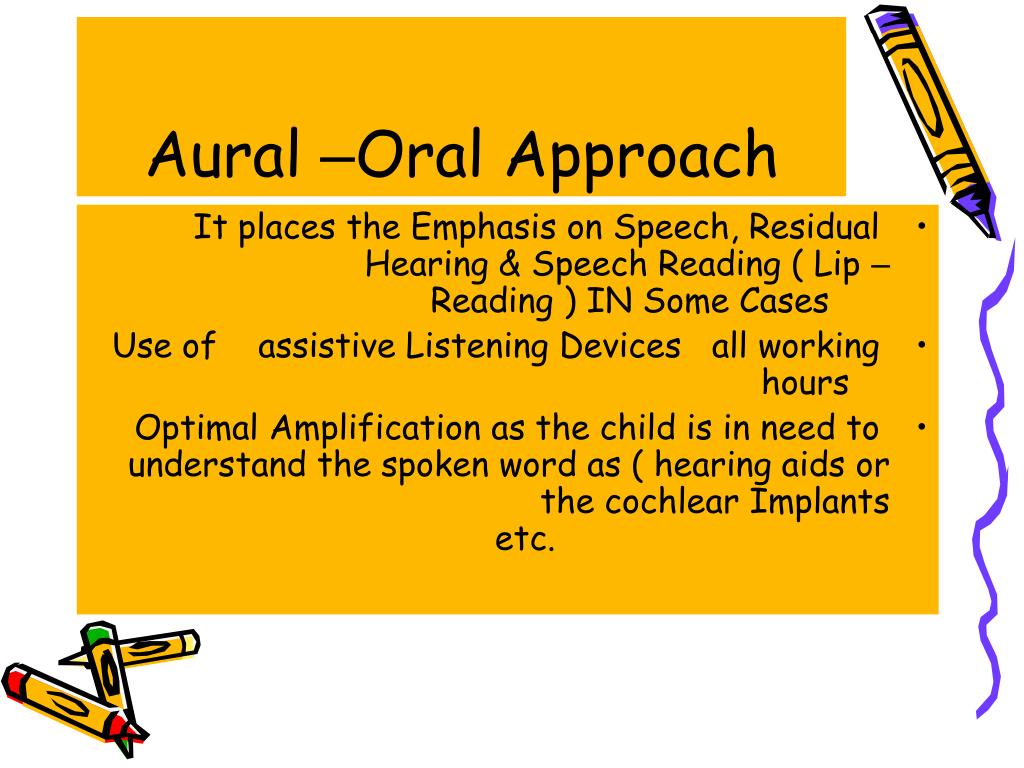

How does hearing impairment affect learning?
#AURAL COMMUNICATION CODE#
If you reconise the student to fall under the SEND Code of practice.Difficulty with reading and linking it to speech.Making minimal contributions to classroom discussion.


How can I spot signs of hearing impairment in a child? The latter is known as glue ear - can last for up to three months and is very common in preschool children

Caused by blockages such as wax or fluid. Sound can’t pass effectively through the outer and middle ear to the inner ear. Permanent hearing loss in the inner ear is usually caused by the cochlea not working effectivelyĪuditory Neuropathy Spectrum Disorder (ANSD)Ī problem occurring more deeply within the ear, where sounds are received normally by the cochlea, then become disrupted as they travel to the brain There are three main types of hearing impairment that you may come across in children: Sensorineural deafness (nerve deafness) What types of hearing impairment are there?Īccording to the National Deaf Children’s Society, there are over 50,000 children and young people in the UK with hearing impairments, but this does not mean that they all have the same conditions or needs. Hearing loss greater than 90 decibels is generally categorised as deafness, but any impediment to hearing – whether temporary, permanent or fluctuating – impacts not only a child’s experience in the classroom but their social and emotional development, literacy skills and speech and language abilities. Hearing impairment and deafness are not necessarily the same thing. At Engage Education we have a dedicated SEND team. The ideal environment for many hearing-impaired children to learn is one in which they are not singled out as different but instead, benefit from the kind of adjustments which go unnoticed by others but are truly transformative for the child this blog provides the information you need to handle hearing impairments with confidence. For both, it can sometimes feel like there’s an imaginary pane of glass keeping each from communicating effectively with the other. As a teacher, it can be equally challenging to teach a hearing-impaired child effectively without adequate tools or training. Going through school with a hearing impairment or deafness can be a frustrating, isolating and ultimately unproductive experience for a child without the right support. This blog post was created by the UK’s top teaching agency, Engage Education.
#AURAL COMMUNICATION HOW TO#
15th November 2022 How to support a child with a hearing impairment in school


 0 kommentar(er)
0 kommentar(er)
